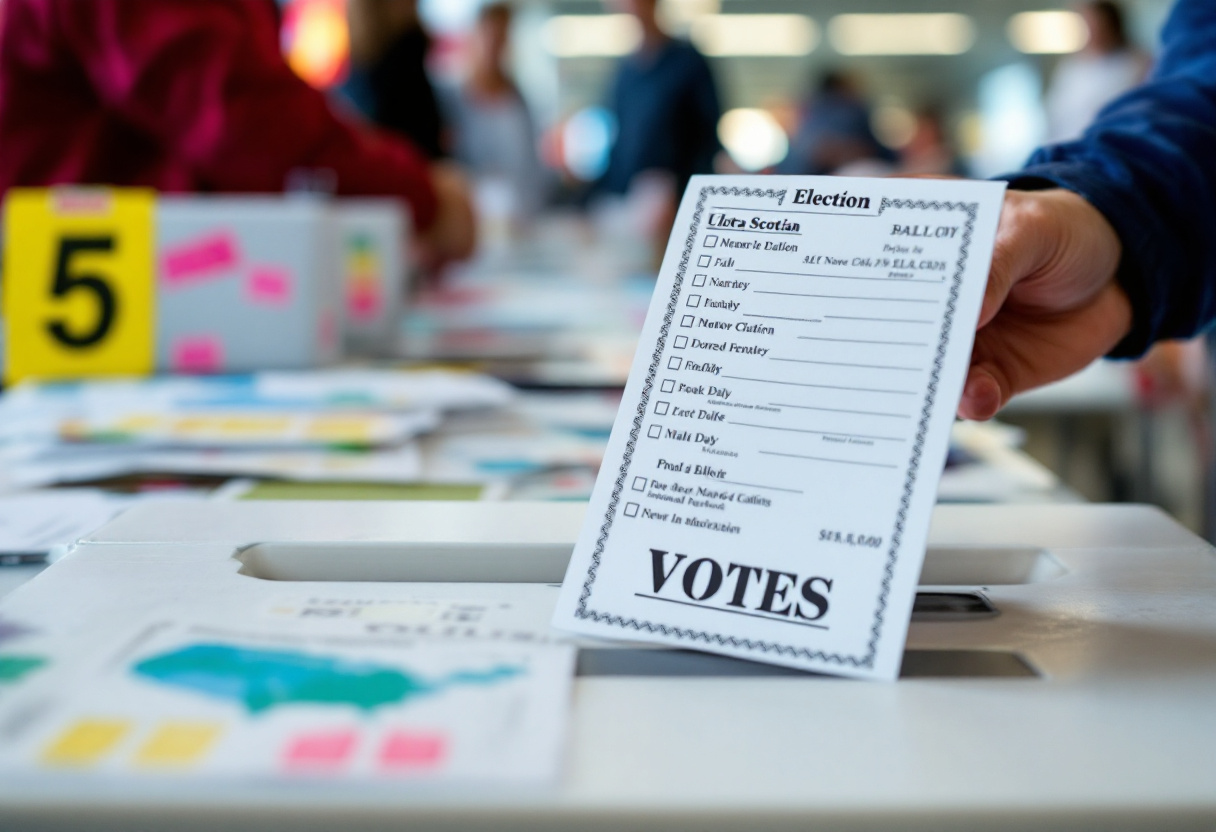Table of Contents
The political backdrop of Nova Scotia’s election
As Nova Scotia prepares for its upcoming election, the atmosphere is charged with anticipation and uncertainty. With the Progressive Conservative Party, led by Tim Houston, seeking a second consecutive term, the stakes are high.
Houston’s decision to call an early election has stirred discussions among political analysts and voters alike. The backdrop of this election is marked by a significant shift in public sentiment and engagement, particularly among younger voters who are increasingly shaping the political narrative.
Voter engagement: A crucial factor
Voter turnout is a critical element in any election, and this time, it appears to be a double-edged sword. Recent polls indicate a potential low turnout, which could significantly impact the results. Political scientist Tom Urbaniak notes that the current campaign feels quieter than usual, with fewer signs and less literature being distributed.
This lack of engagement could be attributed to the short campaign period, which is the minimum allowed by law. For younger voters, who often prioritize issues like affordable housing and healthcare, the challenge lies in mobilizing them to the polls.
The effectiveness of each party’s ground game will be pivotal in determining who can rally their supporters.
The battle for second place: Liberals vs. NDP
While the Progressive Conservatives seem to be leading comfortably, the real contest appears to be between the Liberals and the New Democratic Party (NDP) for second place.
Both parties are vying for the attention of voters who are disillusioned or disengaged. NDP Leader Claudia Chender has emerged as a formidable candidate, with strong debate performances that resonate with younger constituents. Meanwhile, Liberal Leader Zach Churchill emphasizes the importance of getting voters to the polls, especially in light of logistical challenges posed by the postal strike.
The competition is fierce, and the outcome will hinge on which party can effectively mobilize its base.
Key issues shaping the election
As the election approaches, several pressing issues have taken center stage. The cost of living, affordable housing, and the healthcare system are at the forefront of voters’ minds. However, unlike the previous election, where healthcare dominated discussions, this time, no single issue has captured the public’s attention entirely. This fragmentation of concerns may lead to a more complex voting landscape, where candidates must address a variety of topics to appeal to a broader audience. For the younger generation, the intersection of these issues with their daily lives could be the deciding factor in their voting behavior.
The role of social media in shaping opinions
In today’s digital age, social media plays a crucial role in shaping political opinions, especially among Gen Z voters. Platforms like Instagram and TikTok have become vital tools for candidates to connect with younger audiences. Engaging content, relatable messaging, and interactive campaigns can significantly influence voter turnout. Candidates who can harness the power of social media to create a sense of community and urgency around their campaigns may find themselves with a distinct advantage. As the election date approaches, the effectiveness of these strategies will be put to the test.




